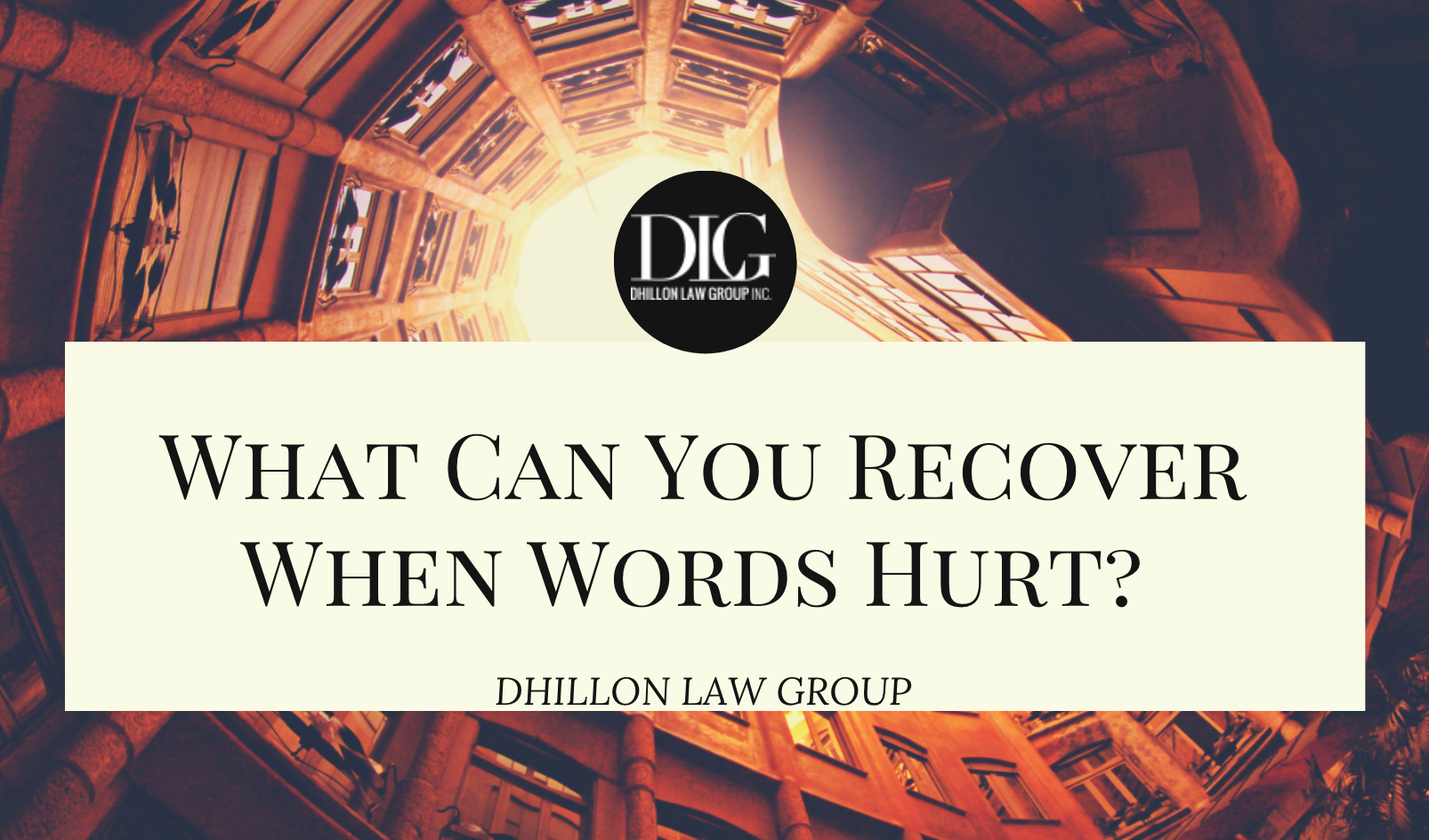Recovery takes many different forms when you’ve been a victim of another’s intentionally wrongful behavior. As a victim, physical and emotional recovery will likely be your primary focus initially, but when it comes time to consider whether to involve the court system to rectify your injuries, financial recovery is most often on victims’ minds.
Economic damages may be readily available and easy to ascertain (hospital bills, lost wages, damaged property), but non-economic damages (pain and suffering, emotional distress, damaged relationships) can be a challenge to quantify. When the wrong committed against a victim is perpetrated by more than one individual with varying degrees of fault, this already- challenging analysis becomes even more cumbersome.
The California Supreme Court recently clarified a point that may give victims peace of mind as they consider whether seeking financial recovery for their non-economic damages from multiple wrongdoers is worth their time, effort, and resources.
In B.B. v. County of Los Angeles, (2020) Cal 5th 1, the California Supreme Court unanimously held that an intentional wrongdoer is liable for the entirety of non-economic damage done to a victim, even if he or she only played a limited role in the wrongdoing.
In B.B., a jury found that a defendant Sheriff deputy’s actions accounted for 20% of the responsibility in a wrongful act; that other Sheriff’s deputies’ actions accounted for 40% ; and that the victim’s actions accounted for the 40% of the responsibility. The Supreme Court held that, despite his role only accounting for 20% of the harm, the lone individual defendant Sheriff deputy could be held 100% financially responsible for the victim’s non-economic damages.
This rule could have far-reaching financial implications for a victim’s potential recovery. Consider the following hypothetical. With three different individuals take to social media to falsely accuse someone of stealing a car in a clear- cut case of defamation, and these defamatory comments cause devastating social, emotional, and reputational injuries to the victim, which a jury values at $1 million dollars in non-economic damages.
There is no requirement that the $1 -million-dollar liability be split between the three wrongdoers. Instead, any one of the three individuals who made the defamatory statements can be liable for the entirety of the $1 -million-dollar award. And even if wrongdoer number one was only liable for 20% of the harm, he or she could still be required to pay100% of the bill.
This scenario should be both a boon for victims, and a warning for potential wrongdoers, especially as it pertains to defamation and other torts where non-economic damages often account for a substantial part of the total damage. In today’s cultural moment, a false accusation can cost someone not only his job and, career, but also his personal and professional reputations, his relationships with friends, family, and colleagues, and thus his very future.
Rumors spread fast and far, and can have devastating implications. If a wrongdoer piles in on what becomes an avalanche of defamation, California law says she can be held liable for the entirety of the damage. And if you happen to be on the receiving end of that avalanche, as are many of our clients, you have hope to be made whole.
The attorneys at Dhillon Law Group stands ready to help.
Karin Sweigart handles First Amendment and defamation matters as Counsel at Dhillon Law Group.

